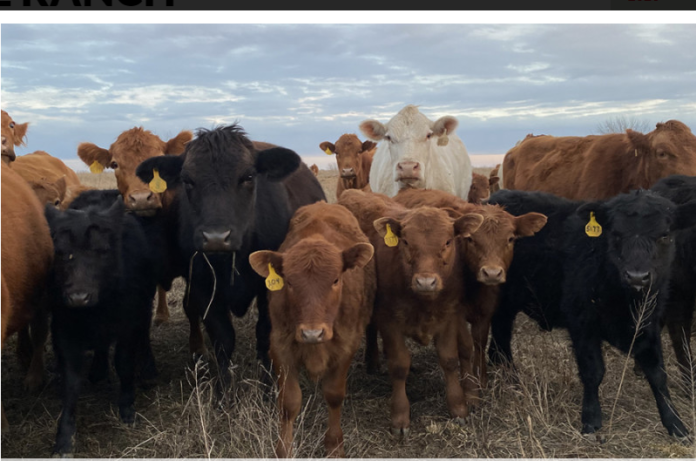K-State experts discuss health considerations for herds calving in spring and fall
MANHATTAN, Kan. — While many beef producers only calve once per year, there are some who maintain both a fall and spring calving system with the same set of bulls. And with this herd management plan, special care needs to be given to the bulls, said veterinarians with the Beef Cattle Institute at Kansas State University.
“In large operations that follow both a spring and fall calving season, the cost per pregnancy is reduced if they use the same set of bulls for both breeding seasons,” said K-State veterinarian Bob Larson on a recent Cattle Chat podcast.
Between breeding seasons is the right time to make sure the bulls are ready to go again, said the veterinarians.
“After coming off a breeding season, he’s probably lost body condition,” Larson said.
BCI director and veterinarian Brad White added: “The more time you have between the breeding seasons, the easier it is to change the body condition of the bulls.”
Nutritionally speaking, BCI beef cattle nutritionist Phillip Lancaster said it is important for producers to be aware of their grasses for those bulls that are being maintained on pastures.
For bulls out on cool season grasses, those are starting to grow again and can provide good nutrition said Lancaster, but for bulls grazing on warm season grasses, supplementation may be needed.
“This time of year, producers may need to offer the bulls a protein supplement and possibly some additional hay depending on how much forage is still in the pasture,” Lancaster said.
Along with body condition, bulls also need a thorough confirmation examination and semen quality test as part of a routine breeding soundness exam, according to Larson.
“The breeding soundness exam needs to be done once per breeding season. So, for herds that calve in the fall and spring, that is twice per year,” he said.
The other consideration for producers to watch relates to the herd biosecurity, said veterinarian Brian Lubbers.
“If you are managing the cattle as two subgroups of the same herd, that is different from a biosecurity standpoint than if they are managed as two separate herds,” Lubbers said.
The concern is that bulls may be traveling between the herds and engaging with different sets of females that may have new cattle introduced from outside the herd, Lubbers said.
“Trichomoniasis is a disease of concern that could appear,” he said. To prevent that from being introduced to the herd, Lubbers restated the importance of talking to a veterinarian about any necessary diagnostic tests.
When managing the bulls, White suggests bulls that will be working together in the same breeding pasture spend time together before the turnout.
“It is important to house the bulls together ahead of the breeding season so they can get the social issues worked out before they need to breed the cows,” White said.
To hear more of this discussion, listen to the Cattle Chat podcast online.
-30-
FOR PRINT PUBLICATIONS: Links used in this story
BCI Cattle Chat podcast, https://ksubci.org/2021/09/24/beef-balance-sheet-bull-management-grazing-monitoring-antibiotic-treatment-after-non-response/
K State Research and Extension is a short name for the Kansas State University Agricultural Experiment Station and Cooperative Extension Service, a program designed to generate and distribute useful knowledge for the well being of Kansans. Supported by county, state, federal and private funds, the program has county extension offices, experiment fields, area extension offices and regional research centers statewide. Its headquarters is on the K State campus in Manhattan. For more information, visit www.ksre.ksu.edu. K-State Research and Extension is an equal opportunity provider and employer.
Story by:
Lisa Moser
785-532-2010
lmoser@ksu.edu
More information:
Bob Larson
785-532-4257
rlarson@vet.k-state.edu
Brian Lubbers
785-532-4012
blubbers@vet.k-state.edu
Brad White
785-532-4243
bwhite@vet.k-state.edu



